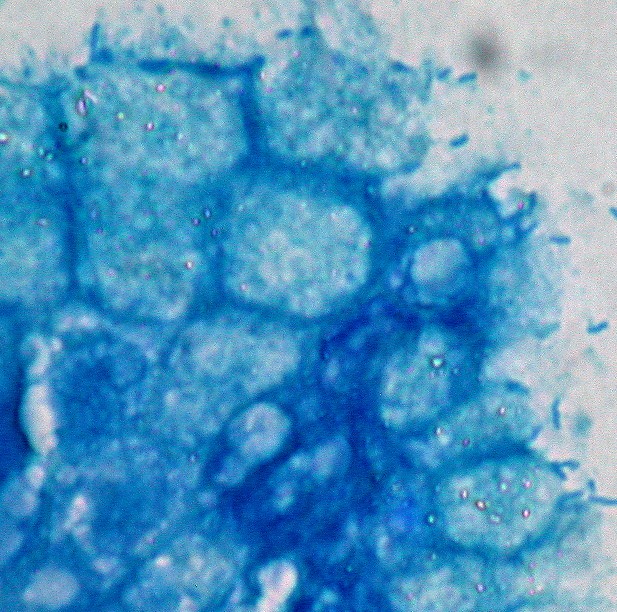 Smart Citations
Smart CitationsSee how this article has been cited at scite.ai
scite shows how a scientific paper has been cited by providing the context of the citation, a classification describing whether it supports, mentions, or contrasts the cited claim, and a label indicating in which section the citation was made.
Serum Calprotectin and B-cell activating factor are potential biomarkers for Helicobacter pylori infection
Humans always mount a robust immune response to the bacterial infection caused by Helicobacter pylori, which causes various gastrointestinal tract infections. Calprotectin (CALP) and B-Cell Activating Factor (BAFF) are inflammatory biomarkers having a role in the gastrointestinal neutrophilic response to bacterial infection. The study was designed to assess serum CALP and BAFF as inflammatory biomarkers in H. pylori infection and peptic ulcer patients. The current study comprised 112 people, including 62 H. pylori-infected patients (34 men and 28 women) who were clinically diagnosed with H. pylori infection via testing positive for the H. pylori stool antigen test; they were compared to a control group of 50 healthy people (34 men and 16 women) who were age and gender- matched to H. pylori-infected patients. The serum level of CALP and BAFF were assayed using the ELISA technique. The biochemical parameters were statistically compared between patients and controls by unpaired Man-Whitney U t-test and Receiver Operating Characteristic (ROC) curve analysis. There was a significant elevation of serum CALP in H. pylori-infected patients [116.4(120.7), p=0.0132] in comparison to healthy controls [99.50(115.8)]. Similarly, there was a significant elevation of serum BAFF concentration in H. pylori-infected patients [485.7(367.1), p=0.0014] in comparison to healthy controls [444.5(513.0)]. The ROC curve analysis suggests serum CALP and BAFF as reasonable inflammatory biomarkers for H. pylori infection with statistically significant (p=0.0135, p=0.0015) area under the ROC curve of (0.6361, 0.6748), respectively. CALP and BAFF are potent inflammatory biomarkers involved in the development and etiology of H. pylori infection. Serum CALP and BAFF levels could be used as biomarkers for chronic inflammation induced by H. pylori. CALP and BAFF biomarkers can be combined to diagnose and predict the prognosis of H. pylori infection.
How to Cite

This work is licensed under a Creative Commons Attribution-NonCommercial 4.0 International License.
PAGEPress has chosen to apply the Creative Commons Attribution NonCommercial 4.0 International License (CC BY-NC 4.0) to all manuscripts to be published.

 https://doi.org/10.4081/jbr.2023.10803
https://doi.org/10.4081/jbr.2023.10803




